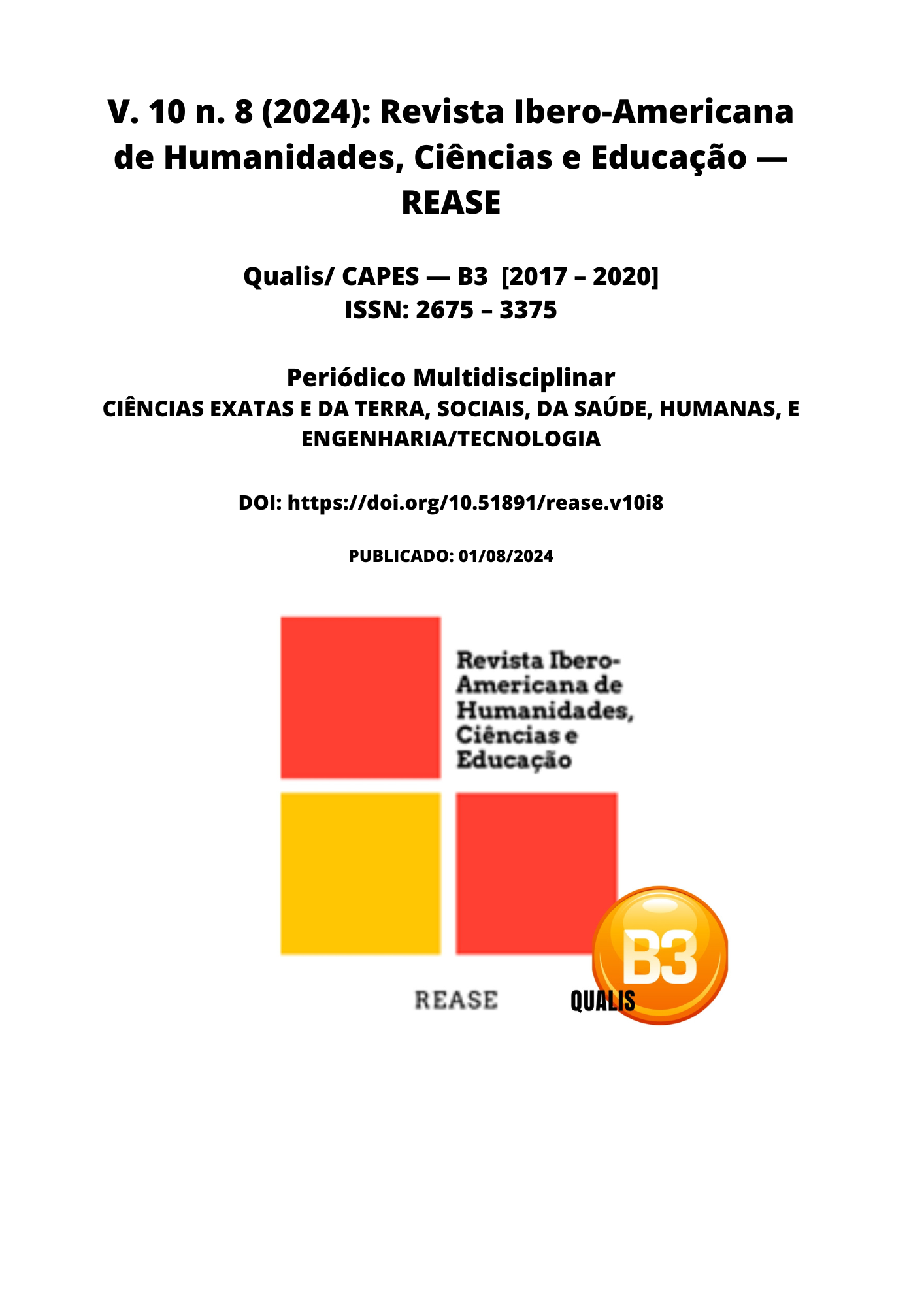RADIOLOGICAL EVALUATION OF MAIN PEDIATRIC TUMORS
DOI:
https://doi.org/10.51891/rease.v10i8.15132Keywords:
Pediatric tumors. Radiological assessment. Medical image. Imaging diagnosis and childhood tumors.Abstract
Radiological evaluation of pediatric tumors plays a crucial role in the diagnosis and management of these conditions. Tumors in children are distinct in several aspects from tumors in adults, requiring imaging techniques adapted to the anatomical and physiological characteristics of children. Radiographs, ultrasounds, computed tomography (CT) and magnetic resonance imaging (MRI) are essential tools for detecting, staging and monitoring these tumors. Imaging techniques provide detailed information about the location, size and characteristics of tumors, facilitating clinical decision-making and choosing the most appropriate treatment. Objective: To evaluate the imaging techniques used in the detection and monitoring of the main pediatric tumors, analyzing the effectiveness and characteristics of each method. Methodology: A systematic review of the literature was carried out according to the PRISMA checklist. The search was conducted in the PubMed, Scielo and Web of Science databases using the descriptors: "pediatric tumors", "radiological evaluation", "medical imaging", "imaging diagnosis", and "childhood tumors". Articles published in the last 10 years that focused on pediatric tumors and specifically addressed imaging methods were included. Studies that did not present specific radiological data, focused on non-pediatric tumors, or were not systematic reviews or meta-analyses were excluded. Results: The analysis revealed that radiography remains the first approach for the initial evaluation of many pediatric tumors, but CT and MRI are more effective for detailed characterization and staging of tumors. Ultrasonography is particularly useful in the evaluation of solid and cystic tumors, being less invasive and more accessible. Each imaging modality has its advantages and limitations depending on the type and location of the tumor. Conclusion: Radiological evaluation of the main pediatric tumors is essential for an accurate diagnosis and effective therapeutic planning. The combination of different imaging techniques allows for a comprehensive and precise assessment, which is essential for the successful treatment and follow-up of pediatric patients with tumors. The integration of these tools significantly improves clinical outcomes and quality of life for affected children.
Downloads
Downloads
Published
How to Cite
Issue
Section
Categories
License
Atribuição CC BY

